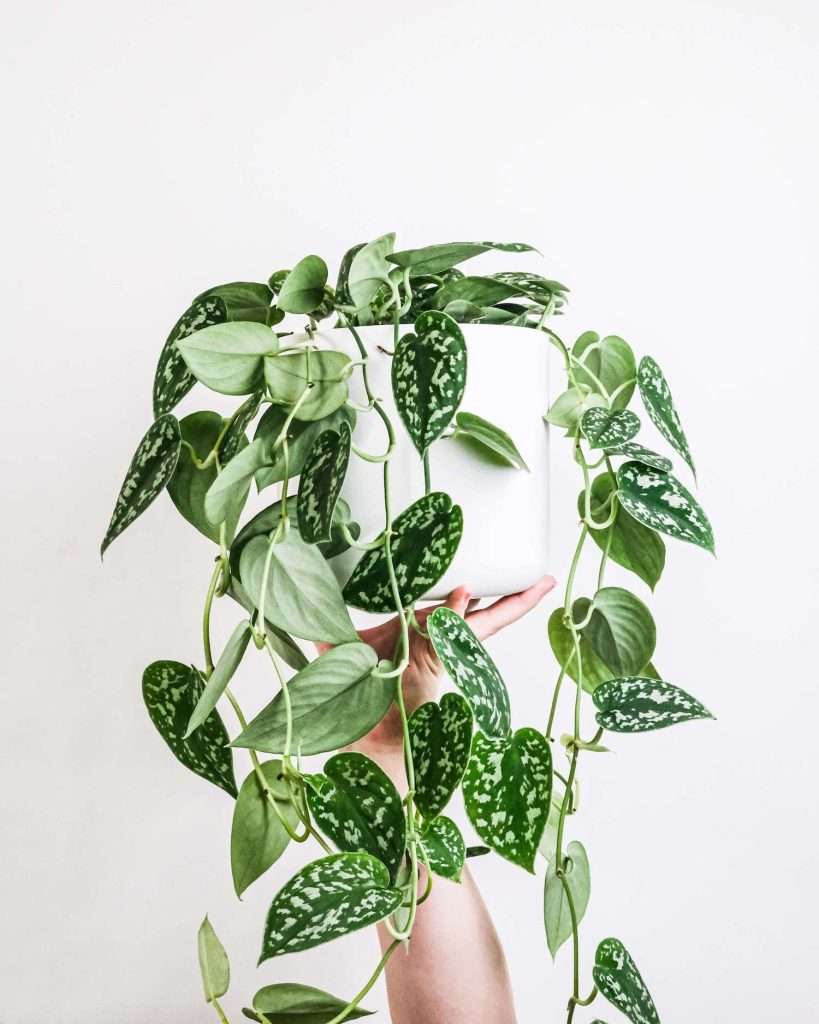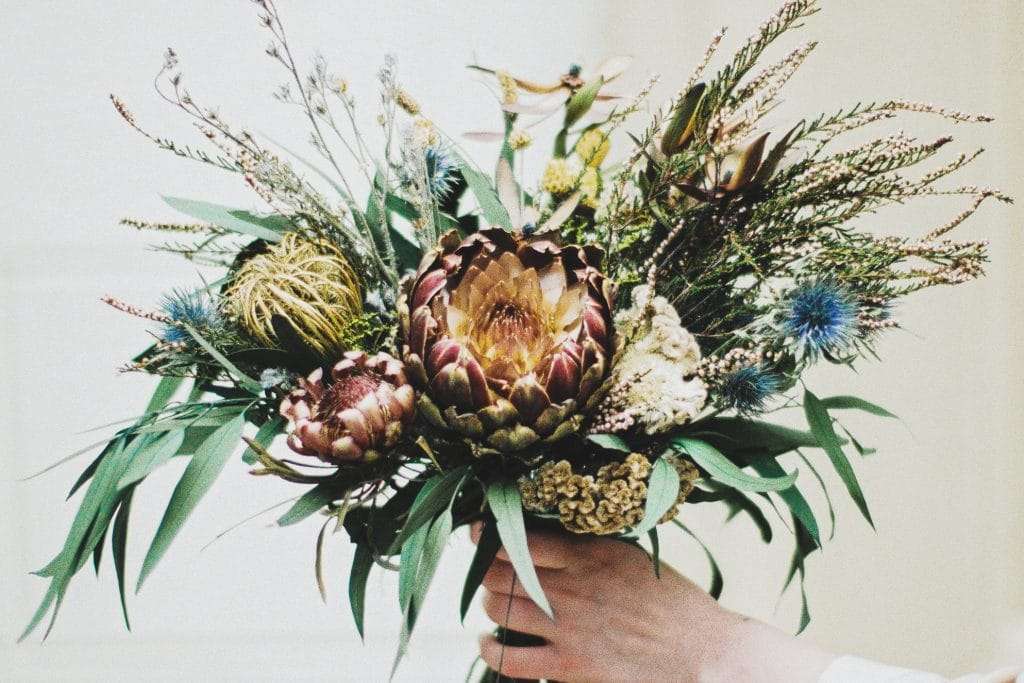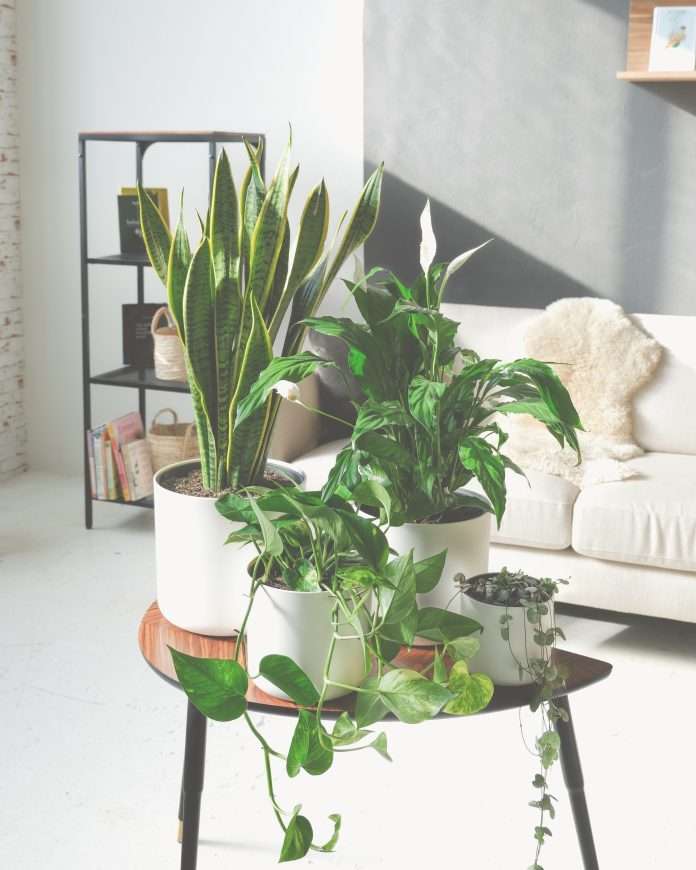Your houseplant addiction doesn’t have to come at the cost of the planet. From avoiding peat and plastic pots to prioritizing local plants, here’s how to ensure your indoor plants are sustainable.
Indoor plants aren’t just useful for enhancing the beauty of a space. Studies show they have many psychological benefits, including reducing anxiety, increasing relaxation, and improving cognition. But although houseplants may be great for boosting your mood or adding a pop of color to a room — they may not be good for the planet. From being resource-intensive to the high amount of waste they generate, your plant addiction may not be as sustainable as you think.
The popularity of plants
Content of the leafy, green variety is all the rage on social media. Insta-worthy posts of indoor jungles are growing increasingly popular. The hashtag #plantsofinstagram is featured on more than 16 million posts; #plants is more than 56 million posts. Plant accounts and plant influencers like Christopher Griffin, AKA the Plant Kween, and Maryah Greene, a self-proclaimed plant doctor, churn out content on all things plants, from maintenance to propagation techniques, further fueling interest in indoor plants.
Millennials are at the forefront of the indoor plant trend. According to a 2019 survey by the National Gardening Association, the sector grew by 50 percent between 2016 and 2019, largely fueled by people between the ages of 18 and 34.
Keeping an indoor oasis became even more popular during the pandemic. Amid the surge of people staying at home, sales of indoor plants and flowers spiked even more. According to market research firm Statista, the sector was forecasted to hit $15.85 billion in 2021, up from $15.23 the previous year. In 2019, pre-pandemic, the industry was worth $14.18 billion.
Houseplant demand and impact
The growing demand for Monsteras, cacti, and the like means growers have to produce more plants faster — requiring more energy, chemicals, land, and water to grow.
But at the top of the horticulture industry’s list of unsustainable growing practices is peat. Peat is a partially decayed plant or organic matter that’s unique to peatland areas. Peatlands, or wetland ecosystems, are known for their waterlogged conditions, which can prevent plants from getting ample nutrients, causing them to die and partially decompose. Peat, a spongy material, can take hundreds of years to form, growing only one to ten millimeters per year, and is commonly used by greenhouses to grow indoor plants.

When left untouched in its natural ecosystem, peat — a natural carbon sink — is even more effective at storing carbon dioxide than trees. When it’s mined, peat releases the stored carbon into the air. “This is an insane amount of carbon that is released into the atmosphere when it is extracted,” Harriet Thompson, a horticulturist explained in an interview with Mic. “Not to mention the loss of wildlife and flora and fauna that comes with extraction.”
“Eliminating peat is the best place to start,” she said of making the industry more sustainable. “Doing so will reduce the environmental impact you as an individual have on the environment and will also ensure that the industry will have to change in order to keep up with the demand of peat-free houseplants.”
Another point of concern in the horticulture industry is plant poaching. The rarity of exotic plants like the slipper orchid and native plants like succulents. The latter issue is featured in Plant Heist, a 2021 short film that delves into this black market and highlights California’s fight to save native succulents from an international poaching ring. The removal of the plants from their natural habitats can cause damage to surrounding ecosystems, spurring soil erosion. It can also impact other plant, animal, and insect species that depend on the plants for survival.
How to ensure your houseplants are sustainable
Worry not, you don’t have to forego plant parenthood altogether. Here are five tips for helping to ensure your houseplant addiction is sustainable.
1. Do your research
Before purchasing houseplants, ensure the grower is using sustainable practices. You’ll want to prioritize greenhouses that use renewable energy and reclaimed water. You can find this information by checking the grower’s website or by reaching out to them directly.
2. Ditch the plastic
A study by Horticulture Week found that up to half a billion plastic pots make their way to landfills each year. A great way of avoiding plastic is by ensuring a nursery is plastic-free. Many local shops will use recycled or biodegradable pots in lieu of plastic.

3. Buy locally and shop for plants that are endemic to your area
Generally speaking, local nurseries tend to have far better sustainable practices. They also typically carry plants that are endemic to your local area. In lieu of shopping for potted plants online or at major retailers like Home Depot, opt for local plant nurseries.
4. Avoid peat
Foregoing peat-based plants is a great way of ensuring your houseplant is eco-friendly. Another benefit of shopping locally is that stores are less likely to use peat. Always check to see if a peat alternative, such as compost and leaf mold, is available, and if you are repotting a plant, use an organic alternative instead.
5. Propagate plants from cuttings
Many plants are able to regrow from a mere cutting after being placed in water. You can forego purchasing plants altogether by propagating plants from cuttings obtained from your neighbor, friend, or the like. (Similarly, you can avoid buying plants by obtaining cuttings or whole plants from Buy Nothing groups.)
Related on Ethos:


